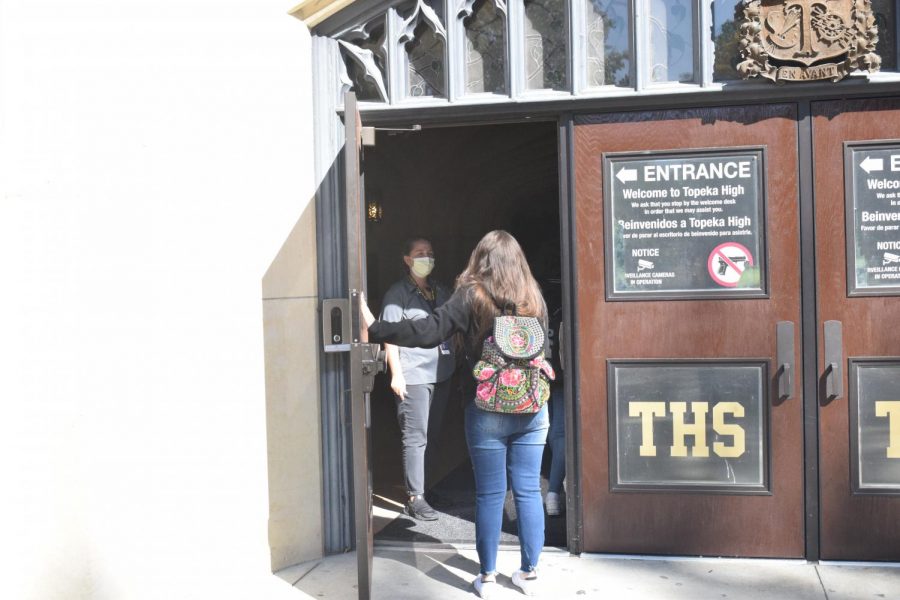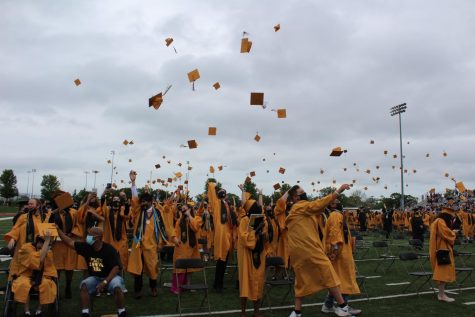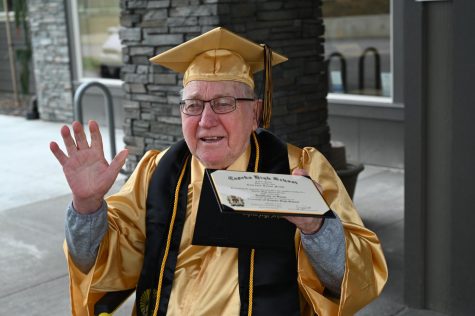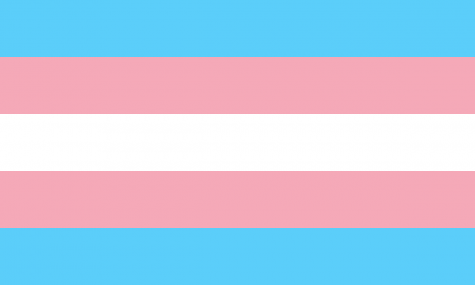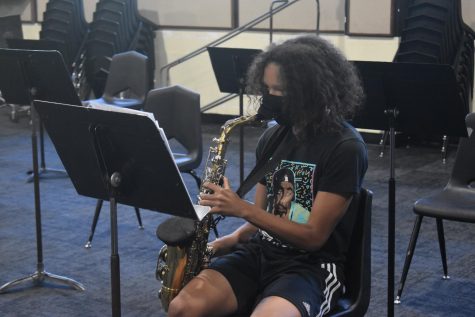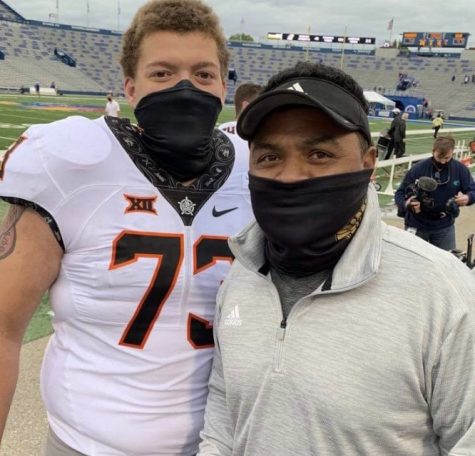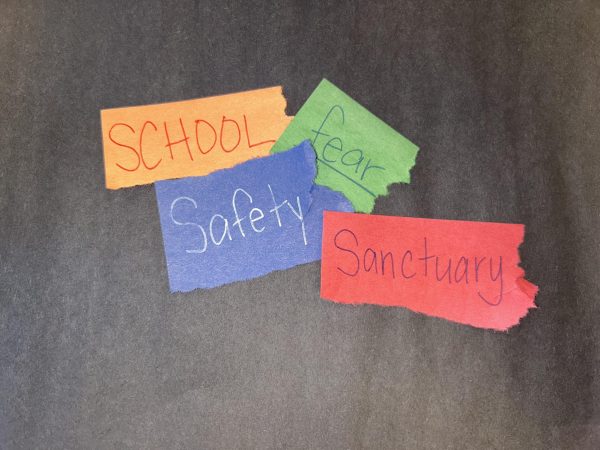Covid has caused a lot of changes, but what have those changes cost?
A student enters Topeka High on the first day of in-person classes. She is met at the door by a teacher with a thermometer.
In the midst of a pandemic we expected that our lives were going to change, but how did school change in response to the crisis? The most noticeable change would be the most simple: the way we go to class. Since the start of the pandemic, school has been closed, opened fully online, then switched to a hybrid schedule, then back to online, all of which happened over the course of a couple months.
The district had to quickly adapt to the idea that students had to go to school from their homes. The biggest issue was that some students didn’t have the internet to do school work, so the district made a partnership with Cox Communications to set up internet connections throughout the rest of the school year.
Zoom is the one way students can attend classes without being in person. The district has spent $37,500 on Zoom, with another $600,000 paid to the Cox Communications partnership to get students internet connections according to Board documents.
Covid related expenses have cost the district millions of dollars.
The district received funding from the government through two grants in particular: the Coronavirus Aid, Relief, and Economic Security (CARES) Act grant and the Strengthening People and Revitalizing Kansas (SPARK) grant. These funds collectively provided about $6 million for Covid related expenses according to Larry Robbins, deputy superintendent of operations. So far, Robbins said, the district has spent $4.5 million with the SPARK grant having to be spent by the end of December.
Some of the new and unexpected items that schools purchased to fight the virus include: thermometer guns as well as thermometers on stands to make sure students don’t come to school with a fever, desk shields to protect students from virus-carrying droplets and masks for every student and staff member to wear.
In addition to the gallons of hand sanitizer, there are machines used to disinfect the school when students are not there such as disinfectant fog machines, atomizer guns, and powerful lights strong enough to kill the virus.
Among the first things the district had to do was, “research and learn what you can about the virus and what you need to successfully combat it,“ Robbins said.
This first starts out by looking for cleaning supplies that are verified that can kill the virus and are safe to students. After this it’s looking for suppliers that “Unfortunately pop up overnight“ said Robbins, so this means having to verify the suppliers on top of verifying everything else.
Many of the purchases had to be made in advance of federal dollars with the idea they would be reimbursed at a later date. Robbins said he hoped that there would be an extension with the SPARK grant because receipts must be turned into the county by December 31 and the first payments to the district were not made until the end of October.
Looking ahead, Robbins said there needs to be another stimulus to help school districts cover these unexpected costs.
“There needs to be another stimulus that includes public education in order for us in the state of Kansas to survive this thing financially.”
When asked if the district would have to cut services in order to keep students safe in the pandemic if there was no more stimulus money, Robbins said, “We’re not going to run out of money. We need money, but we’re not going to run out and jeopardize not being able to provide a quality education for you and other students. If we have to resort to using our district funds, and not have CARES dollars or federal dollars to rely upon then that’s what we’re going to do. We’re going to do whatever it takes to make sure that you have a successful school year.”



